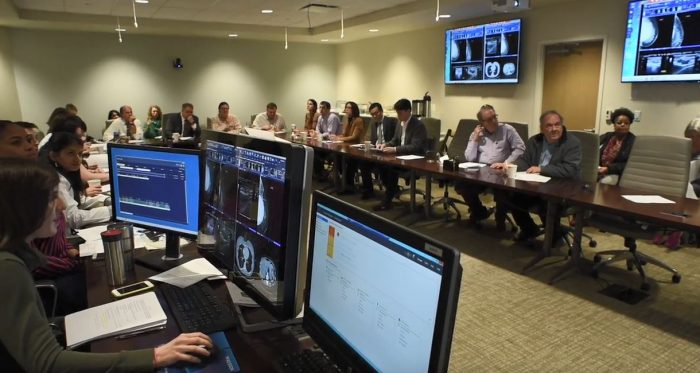The words “You have cancer” have a devastating effect on patients and their families. The diagnosis throws them into a previously unknown world of tests, treatments, and more tests. Once patients have gone into remission and are hopefully cured, they try to go back to their lives and put their cancer experience behind them. Given all they have been through, however, imagine how difficult it must be to hear those words again when a secondary malignancy is diagnosed.
As the population of cancer survivors has grown, so has the risk that patients will develop— and succumb to—a second cancer. An estimated 19% of cancers diagnosed in 2005 to 2009 were found among patients with a prior history of cancer, compared with 9% of diagnoses from 1975 to 1979.1 Among those are secondary malignancies, defined as cancers that are not recurrences of the first malignancy or related to it. The role that the therapy used to treat the first cancer might play in the development of a secondary cancer continues to be a source of clinical investigation.
Anyone who has been treated for cancer is at risk of developing a secondary cancer, but as with most conditions, the possibility is higher in certain groups. The largest at-risk group comprises childhood cancer survivors, who may go on to develop another cancer in adolescence or adulthood. For adults, there is a complex interplay of factors including the type of first and second cancer, patient age, and risk factors including primary cancer treatment, environmental and lifestyle hazards, and genetic susceptibility.
To read more, please visit http://www.onclive.com/publications/oncology-live/2017/vol-18-no-08/secondary-malignancies-who-is-at-risk-and-why

